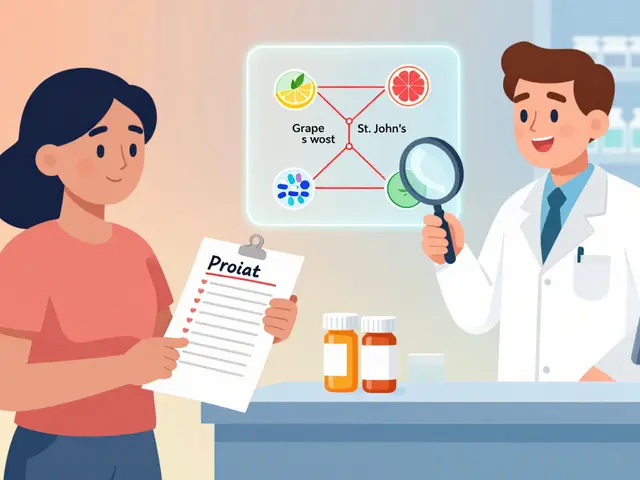Parkinson's disease: what to know right now
Parkinson's disease is a movement disorder that slowly changes how you move, think, and feel. Early signs are easy to miss because they start small: a slight tremor in one hand, slower steps, or a stiff shoulder. Not every person has the same mix of symptoms, so paying attention to small changes matters.
What to watch for
Tremor, bradykinesia (slower movement), muscle stiffness, and balance problems are the classic motor signs. But non-motor issues often show up first: sleep trouble, lower sense of smell, constipation, anxiety, or mood changes. If you notice new slowness, one-sided tremor, or repeated falls, get checked. A neurologist—ideally a movement disorder specialist—will do a focused exam. Brain scans are sometimes used to rule out other causes, but diagnosis is mostly clinical.
How treatment works
Treatment aims to reduce symptoms and keep you active. Levodopa is the most effective medicine for easing movement problems. Other drugs—dopamine agonists, MAO-B inhibitors, and COMT inhibitors—help in different ways or smooth out levodopa’s effects. For advanced cases, deep brain stimulation (DBS) can reduce symptoms and medication side effects.
Medications can work well, but they can also cause side effects like nausea, drowsiness, hallucinations, or impulse-control behaviors. That’s why dose timing and regular follow-up matter. Bring a list of all medicines to each visit—some common drugs (for nausea or sleep) can make Parkinson's worse.
Exercise is one of the best, low-risk tools you have. Walking, cycling, tai chi, and strength training help balance, stamina, and mood. Speech and swallow problems respond well to early therapy with a speech-language pathologist. Occupational therapy can help you keep doing daily tasks safely.
Practical daily tips: set a routine for meds, use simple visual cues to avoid freezing (step over a line), remove rugs and clutter to reduce falls, and wear supportive shoes. Small changes—like raising toilet seats or using grab bars—make a big difference.
Caregivers need support too. Parkinson's changes over years, and planning helps: track symptoms, ask about advanced care options, and consider local support groups or online communities for tips and emotional support.
Research keeps moving. New drugs, better DBS programming, and rehab approaches appear regularly. If you want the latest options, ask your specialist about clinical trials or new therapies suitable for your stage.
If you suspect Parkinson's or notice clear changes in movement, sleep, or mood, book a neurology visit. Early diagnosis, consistent medication management, and an active rehab plan give the best shot at staying independent and feeling like yourself longer.
As a patient taking Carbidopa-Levodopa, I cannot stress enough the importance of regular medical checkups. This medication helps manage Parkinson's disease symptoms, but it requires close monitoring by a healthcare professional. Regular checkups ensure that I'm on the right dosage and that any potential side effects are addressed early on. They also provide an opportunity for my doctor to assess the overall effectiveness of the treatment and make any necessary adjustments. Ultimately, staying proactive with my healthcare and maintaining open communication with my doctor has been crucial in managing my condition effectively.



